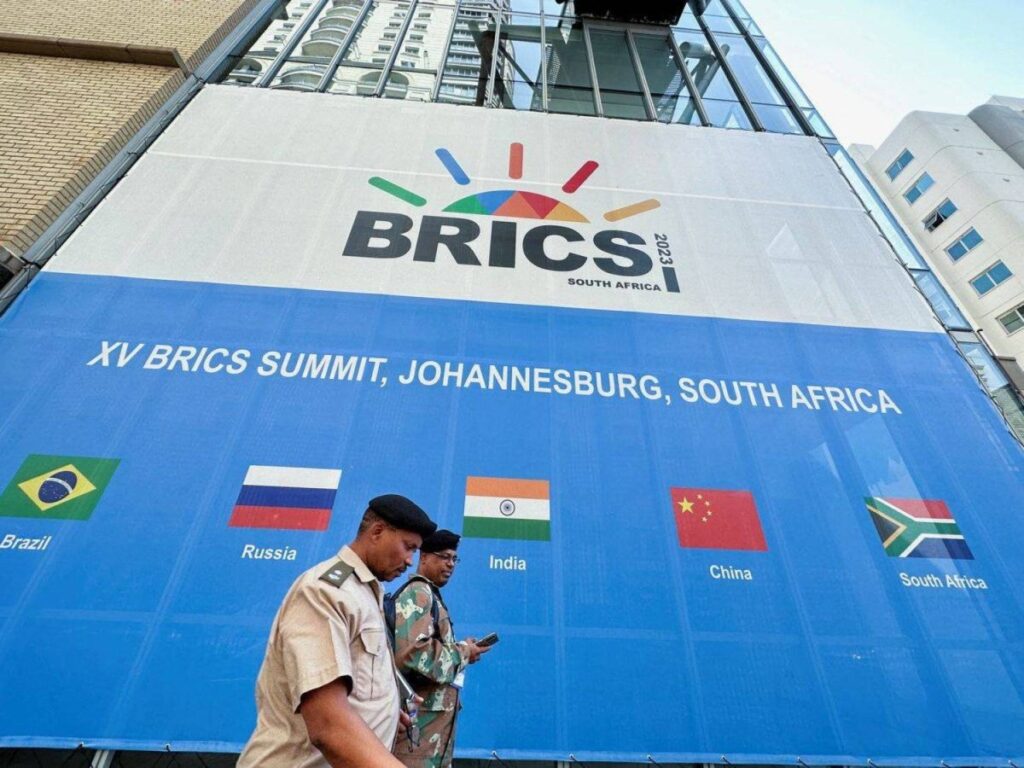BRICS Nations Propose Grain Exchange to Strengthen Agricultural Trade
In a significant development for global agriculture, the BRICS group of countries has thrown its weight behind an initiative to establish a grain exchange. Russian Agriculture Minister Oksana Lut made the announcement on Friday, highlighting the immense potential of the proposed platform. The exchange aims to streamline direct transactions between buyers and producers, a move that could revolutionize agricultural trade within the BRICS alliance.
The initiative has also garnered the support of Russian President Vladimir Putin and is expected to be a key topic during the upcoming BRICS summit, scheduled to take place in Russia this October. This summit arrives at a pivotal time, as the world grapples with food security issues exacerbated by the ongoing COVID-19 pandemic and geopolitical tensions affecting global supply chains.
“We will work together with our colleagues on the creation and development of this platform and the development of the possibility of settlements in national currencies of the BRICS countries,” Lut said, following a meeting of BRICS agriculture ministers held in Moscow. The move to use national currencies could further stabilize and enhance trade among the member nations.
Formed in 2009, the BRICS group consists of Brazil, Russia, India, China, and South Africa. Collectively, these nations account for over 30% of the world’s agricultural land and dominate key sectors within the agricultural industry. According to the Russian export center Agroexport, the BRICS countries also contribute more than 40% of global cereal and meat production, nearly 40% of dairy products, and over 50% of total fish and seafood production.
The proposed grain exchange is not just any ordinary trading platform; it represents a strategic shift aimed at fostering economic cooperation and self-sufficiency within the BRICS nations. During last year alone, BRICS countries accounted for more than a third of Russia’s agro-industrial exports, which totaled a staggering $15 billion, Lut noted.
This initiative could prove to be a game-changer at a time when the global agricultural sector is facing diverse challenges—from climate change impacts to trade wars and economic sanctions. By facilitating direct transactions and supporting settlements in national currencies, the grain exchange has the potential to boost intra-BRICS trade, enhance food security, and provide a stable source of income for producers.
As the October BRICS summit approaches, anticipation is building over how this grain exchange could reshape the agricultural landscape for member nations and beyond. The world’s eyes will be on Russia as it hosts this critical meeting where key economic and agricultural policies are expected to take center stage.
For more details about the BRICS group and its initiatives, you can visit the official BRICS information portal at BRICS.
Stay tuned for further updates as we closely follow the developments in the lead-up to the October summit.
